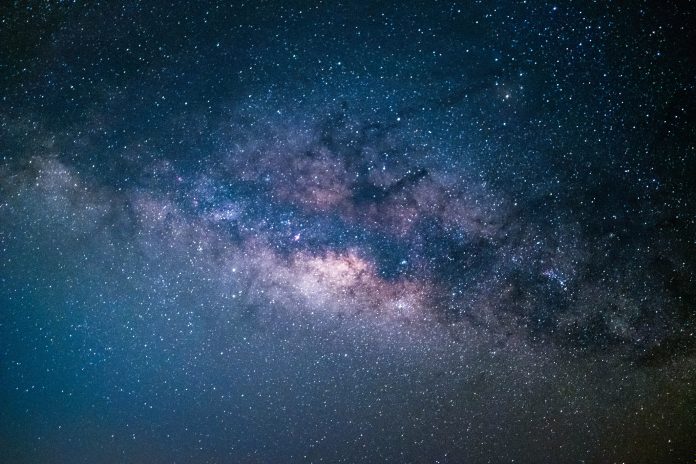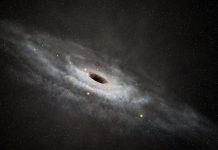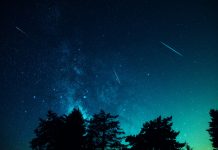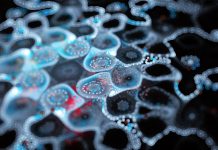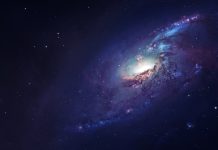NASA has released a new 3D visualisation of the “Cosmic Cliffs,” a star-forming region captured by the James Webb Telescope (JWST)
This virtual journey into space brings one of Webb’s most iconic images to life, offering a new perspective on the swirling clouds and stellar nurseries of the Carina Nebula Complex.
Bringing Webb’s imagery to life
The visualisation, titled Exploring the Cosmic Cliffs in 3D, was developed by NASA’s Universe of Learning and presented at a special event hosted by the International Planetarium Society.
The event marks the 100th anniversary of the first public planetarium, held in 1925 in Munich, Germany. This new immersive experience offers the public a new view into the depths of a dynamic and complex region of space, where stars are born amid towering clouds of gas and dust.
The Cosmic Cliffs are part of a nebula known as Gum 31, located within the broader Carina Nebula Complex, a large region in our Milky Way teeming with young stars and active star formation. Though the Webb image shows a dramatic mountain-like landscape, these “cliffs” are massive walls of gas and dust shaped by the intense radiation and stellar winds from nearby stars.
A young star cluster called NGC 3324, situated just outside the field of view, plays a major role in sculpting this celestial terrain. The energy emitted by these stars carves out large cavities in the surrounding nebula, giving rise to the striking structures in the image. Above the cliffs, part of a vast bubble formed by these energetic processes is also visible.
The new 3D visualisation allows viewers to fly through this cosmic landscape, revealing a more complete understanding of its structure.
What appears in 2D as mist and steam-like formations are streams of hot, ionised gas and dust pushed away by intense ultraviolet radiation. These dramatic features give insight into the violent and beautiful processes that shape our universe.
The work behind visualisation
In addition to the glowing cliffs and streaming gas, the visualisation highlights bright yellow streaks and arcs, evidence of outflows from young, still-forming stars. One of the standout moments in the animation is a close pass by a powerful protostellar jet, offering a glimpse at the forces at play as new stars are born.
Making science more accessible
This 3D experience was created by the AstroViz Project of NASA’s Universe of Learning, produced in collaboration with institutions including the Space Telescope Science Institute, Caltech/IPAC, and NASA’s Jet Propulsion Laboratory. It is part of a broader effort to make complex astrophysical science accessible to audiences of all ages and backgrounds.
The visualisation is accompanied by a longer narrated video designed for public engagement in museums, planetariums, and online platforms. It provides opportunities for viewers to learn how science is conducted and explore central questions about the universe.
NASA’s Universe of Learning also supports a variety of educational resources, including a dedicated Carina Nebula Complex page and ViewSpace, a video exhibit featured in nearly 200 locations across the U.S. These tools allow learners to interact with data from space telescopes and dive deeper into the wonders of astronomy.
As the James Webb Space Telescope continues its mission, projects like this bring its discoveries to life for the public, inspiring a deeper connection to the cosmos and our place within it.

